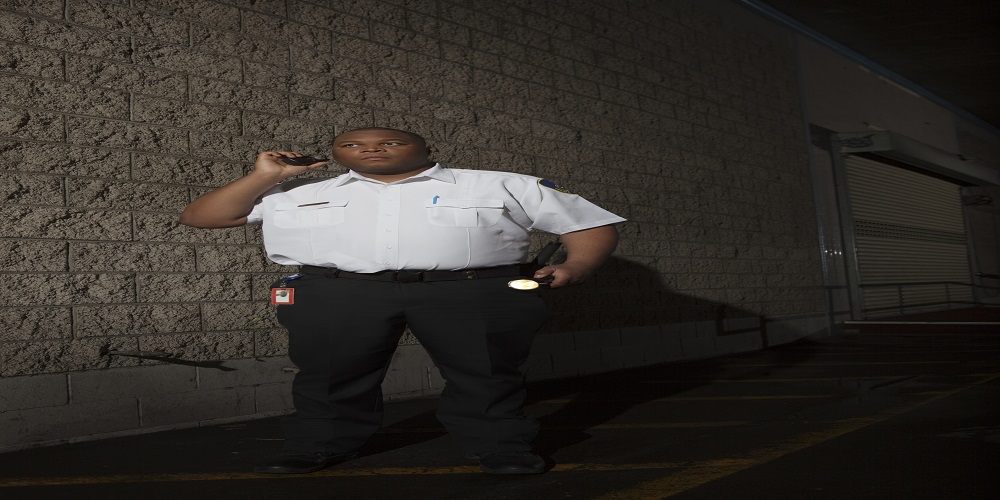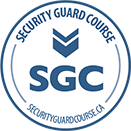How To Improve Your Situational Awareness

What is Situational Awareness?
Have you ever had a feeling that something specific was about to happen, and then it did? That wasn’t clairvoyance. It was your situational awareness kicking in!
If you are working in an industry like security and loss prevention, situational awareness is an essential skill. The ability to perceive and understand what is happening around you, and using that information to anticipate what will happen next allows security professionals to proactively address security concerns.
In today’s busy retail environment, loss prevention professionals (LPPs) have to be on alert at all times. Not only to detect and deter theft, but to ensure the safety of customers and employees. The best way to manage theft and ensure safety is to be proactive. That’s where situational awareness becomes invaluable. In this post, we will explore what situational awareness is, why it’s so critical in the security profession, and how you can develop and sharpen this skill.
Why is Situational Awareness Important for Security Guards?
Whether you are trying to prevent thefts, or maintain a safe environment, good situational awareness is the foundation that effective security work is built on. Retail environments are bustling. There are large crowds, sales events, merchandise being frequently moved around the store. With so much going on all at once, it can be hard to keep track of it all. By honing your situational awareness skills, you can become more effective at identifying risks, preventing incidents, and maintaining a safe environment.
There are a few key reasons why situational awareness is so important:
- Preventing Theft: Being aware of your surroundings allows you to notice when things are out of place, or behaviours that could signal a potential theft before it happens.
- Ensuring Safety: Good situational awareness means recognizing potential safety hazards for both staff and customers. This might mean spotting spills or tripping hazards, or identifying an agitated person before they escalate further.
- Reacting Efficiently: The more fully you are aware of your surroundings, the faster and more accurately you can make assessments and informed decisions, minimizing risk and ensuring a proper and professional response.
Key Components of Situational Awareness
An easy way to understand situational awareness is to break it down into three core components: perception, comprehension, and projection.
- Perception of the Environment: Perception is the first component of situational awareness. Before you can understand what’s happening, you need to become aware that something is happening. You must be consciously observing everything from the store layout, how the people around you are behaving, etc.
- Example: At the beginning of your loss prevention shift, take a few minutes to walk the store, becoming familiar with the layout, high-value items, new blind spots, and crowded areas that may need extra monitoring.
- Comprehension of the Situation: Comprehension means understanding the significance of what you are perceiving. What behaviours are considered “normal”, and which ones are considered “suspicious”? Knowing what you are looking for helps you determine when something unusual is occurring.
- Example: You notice a customer lingering in the electronics department, frequently looking around but not showing any real interest in a particular item. This could indicate that they are checking out the area, looking for an opportunity to steal.
- Projection of Future Status: Projecting means using the information you’ve observed to predict what might happen next. This allows you to remain one step ahead, ready to act if the situation requires it.
- Example: After identifying the suspicious person in the electronics department, you alert your team and position yourself where you can continue to monitor them in case they do select an item and conceal it.
How to Develop and Maintain Situational Awareness
- Stay Focused and Alert: It is important to remain vigilant, even when things are quiet. Avoid distractions such as long personal conversations, or becoming too absorbed in observing low-risk behaviors.
- Tip: Be intentional about regularly scanning your surroundings. Move around the store to keep the view fresh and look for changes since you were last there.
- Know Your Environment: Being familiar with your environment is critical. You need to know the site’s layout like the back of your hand in order to notice when something has changed. This includes knowing your exits, blind spots, and high-risk areas.
- Tip: Conduct regular walkthroughs of the store or site, making note of any changes to the layout, lighting, or other factors that could impact your ability to make effective observations.
- Observe Behavioural Patterns: It’s important to be aware of patterns of behaviour that are out of the ordinary. Signs such as loitering, nervous actions, and scanning the area could signal a potential thief.
- Example: A customer keeps returning to the same department or aisle, but never makes a purchase. This may mean that they are trying to understand the store’s security measures for a future theft attempt.
- Use All Of Your Senses: Much is made of using your vision to observe your surroundings, but don’t underestimate the power of your hearing and intuition. Sounds such as packaging being opened, raised or lowered voices, may indicate a potential issue that requires your attention.
- Example: You hear a package being opened in the isle next to you. This could be someone removing the item to more easily conceal it, so you move into the aisle to begin observing the individual.
- Practice Peripheral Awareness: Peripheral awareness means being aware of movements or changes happening around you, without focusing on them directly. This skill allows you to catch potential threats or concerns, even when your focus is elsewhere.
- Tip: Train yourself to use your peripheral vision in busy environments where there is a lot going on. Work on improving the number of things you are aware of.
Attention to Detail
Situational awareness works hand-in-hand with paying attention to detail, especially in a retail environment. While situational awareness helps you focus on the big picture, attention to detail helps you notice smaller concerns that could indicate bigger issues.
- Recognizing Small Changes: Noticing damaged or misplaced merchandise could be a clue that someone has, or is, attempting to steal it.
- Example: You notice that a small, but expensive item has been moved to an area closer to the exit. This could mean that someone is planning to return and try to exit the store without paying.
- Documenting Observations: It is important to document your observations, big and small. By keeping track of suspicious behaviours, descriptions, dates, times and locations, you and your team can identify patterns that may otherwise go unnoticed.
- Example: You observe the same person repeatedly visiting the electronics section without making a purchase. Documenting these observations can help build a profile of this individual’s suspicious behaviour which can be used to alert others to be watchful.
Scenario: Situational Awareness in Action
You’re working a Saturday afternoon in a large retail store during a clearance sale. The store is very crowded, which creates more opportunities for theft, so you are utilizing all of your situational awareness skills. While walking through the cosmetics section, you notice a woman nervously looking over her shoulder towards the entrance, and then towards the clerk, then towards the exit again.
Recognizing the suspicious behaviour, you position yourself closer to the exit, but with a clear line of sight to the woman. You alert your team to stand by for a potential apprehension. You then observe her select a bottle of perfume and conceal it in her purse. She then proceeds out of the cosmetics department, past the cashiers and towards the exit where you are waiting. You update your team as she approaches and make the apprehension as soon as she exits the store.
Conclusion: Situational Awareness as a Superpower
Situational awareness is one of the most important tools in a security professional’s toolkit. By keeping vigilant, knowing your environment and recognizing suspicious behaviour, you can prevent thefts, and ensure the safety of both customers and employees. Being proactive is always preferable to being reactive, and good situational awareness is the key.
If you’d like to improve your situational awareness skills, please visit securityguardcourse.ca for training courses that can enhance your abilities. The better your situational awareness, the more effective you become and the safer you will be!
References
Lexipol (2024, May 20). How to maintain situational awareness while on duty. Police1. Retrieved November 4, 2024, from https://www.police1.com/police-products/apparel/articles/how-to-maintain-situational-awareness-while-on-duty-npKxl6P7SjPRsYup/#:~:text=Closely%20observing%20and%20exploring%20situations,some%20control%20of%20the%20situation.
Spicer, B. (2022, September 20). How to Improve Your Situational Awareness. Retrieved November 4, 2024, from https://www.asisonline.org/security-management-magazine/articles/2022/09/how-to-improve-your-situational-awareness/



